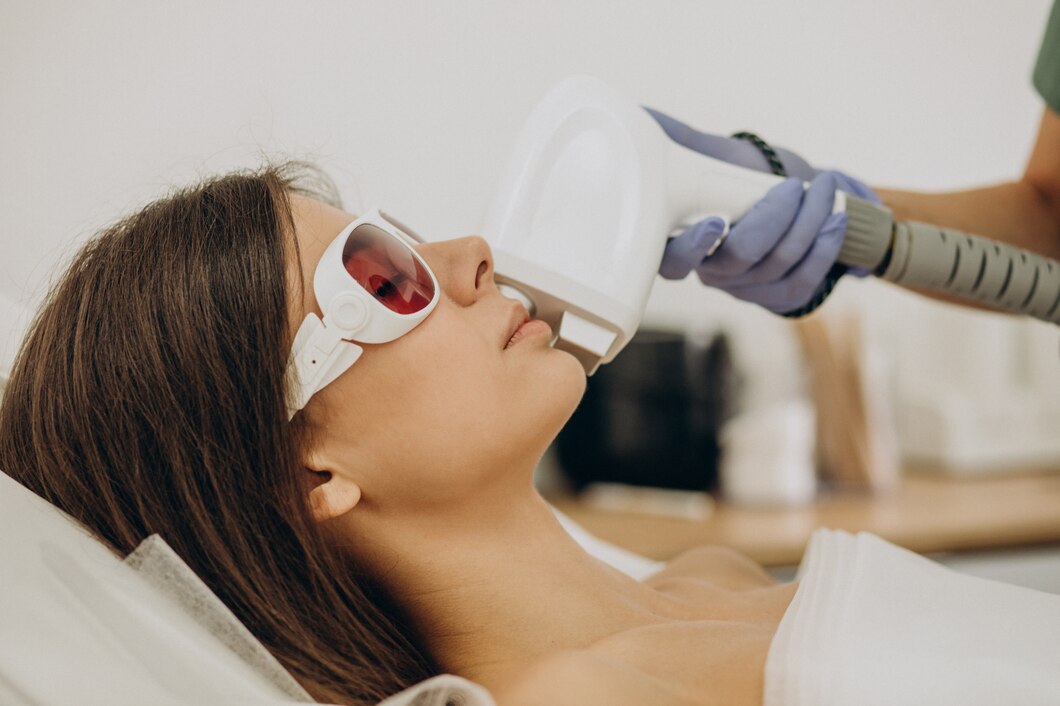Laser skin resurfacing has gained popularity among women worldwide, including South Africa, as a non-invasive cosmetic treatment that promises youthful, radiant skin. From reducing wrinkles and scars to diminishing blemishes, this cutting-edge technology can be life-changing. If you’re considering this treatment, here are 15 things you should know:
1. What is Laser Skin Resurfacing?
Laser skin resurfacing is a cosmetic procedure that uses concentrated laser energy to remove damaged skin layers. It promotes collagen production, resulting in smoother, younger-looking skin. It effectively treats wrinkles, acne scars, sun damage, and other blemishes.
2. Two Types of Lasers: Ablative and Non-Ablative
There are two main types of lasers used in skin resurfacing:
- Ablative lasers remove layers of skin, offering more dramatic results but with longer recovery times.
- Non-ablative lasers are gentler, targeting the underlying skin layers without damaging the surface, resulting in less downtime.
3. It Can Target Various Skin Concerns
Laser resurfacing can address a wide range of skin issues, including:
- Fine lines and wrinkles, especially around the eyes and mouth.
- Acne scars and other types of scars.
- Sun damage, such as age spots and hyperpigmentation.
- Uneven skin texture and enlarged pores.
4. Ideal for Different Skin Types
While laser treatments were traditionally more suitable for lighter skin tones, advancements in technology now allow for safe and effective treatments for darker skin types, including many South African women. It’s essential to consult a specialist who understands how to treat different skin tones.
5. Pre-Treatment Skincare Is Crucial
To prepare your skin for laser resurfacing, your dermatologist may recommend pre-treatment skincare products to strengthen your skin. These products may include retinoids, antioxidants, and sunscreen to minimize complications and enhance results.
6. There Is Downtime Involved
Depending on the type of laser used, the recovery time can vary. Ablative lasers may require several days to a couple of weeks for full recovery, while non-ablative treatments involve minimal downtime, typically lasting only a few days.
7. You’ll Need Multiple Sessions
While some results may be visible after one session, most women need a series of treatments to achieve their desired outcome. The number of sessions depends on your skin concerns, the laser type, and how your skin responds to the treatment.
8. It Stimulates Collagen Production
One of the most significant benefits of laser skin resurfacing is collagen stimulation. As the skin heals, collagen production increases, resulting in firmer, more youthful-looking skin over time.
9. It Can Reduce Sunspots and Pigmentation
For South African women who have spent years under the sun, laser resurfacing can effectively reduce sun damage, including dark spots, pigmentation, and uneven skin tone.
10. Aftercare Is Essential
Proper post-treatment care is vital to ensure optimal results. After the procedure, your skin will be sensitive, and you must protect it with sunscreen, avoid direct sun exposure, and follow the skincare routine provided by your dermatologist.
11. Expect Temporary Side Effects
Common side effects include redness, swelling, and peeling, especially after ablative laser treatments. These effects are temporary and typically subside within a week or two.
12. It’s a Long-Term Investment
While laser resurfacing can produce long-lasting results, the skin will continue to age. However, with proper skincare and sun protection, the effects of laser resurfacing can last for several years, making it a worthwhile investment.
13. Not a One-Size-Fits-All Treatment
Your treatment plan will be customized based on your skin concerns, skin type, and goals. A consultation with a licensed dermatologist or cosmetic specialist is essential to determine which laser treatment is best for you.
14. Consider Your Budget
Laser skin resurfacing is not cheap, and the price depends on the type of laser used, the area being treated, and the number of sessions needed. In South Africa, the cost for laser resurfacing treatments typically ranges from R2,000 to R10,000 per session, with ablative lasers being more expensive.
15. Results Are Not Immediate
While some improvements may be visible within a few days, full results can take weeks or even months to become apparent. Collagen production continues long after the treatment, so your skin will keep improving over time.
For South African women seeking to reduce wrinkles, scars, and blemishes, laser skin resurfacing offers a revolutionary solution. However, it’s crucial to choose a qualified professional and follow the necessary pre- and post-treatment care to achieve the best results. With proper care, laser resurfacing can provide lasting improvements to your skin, making you feel more confident and radiant.








